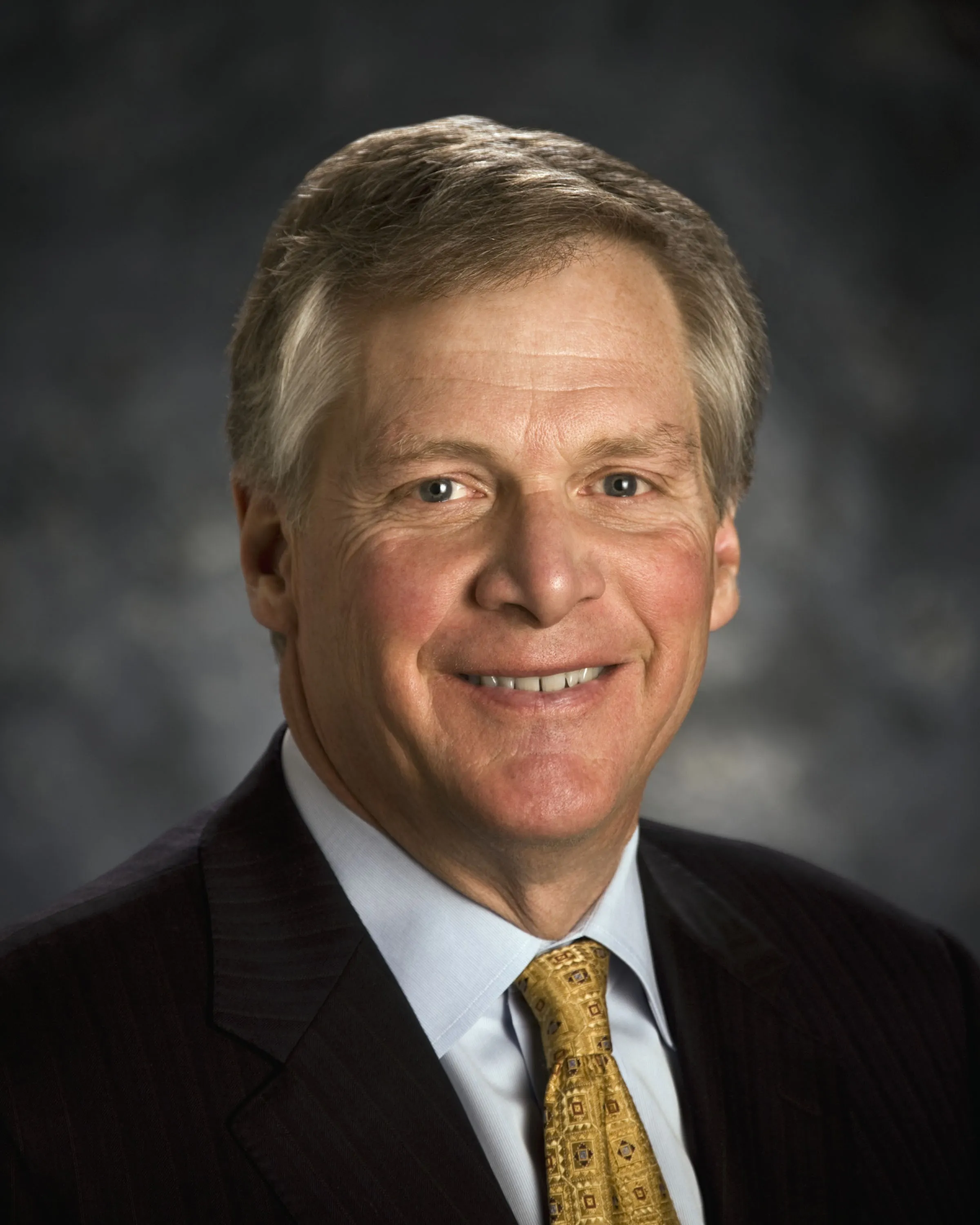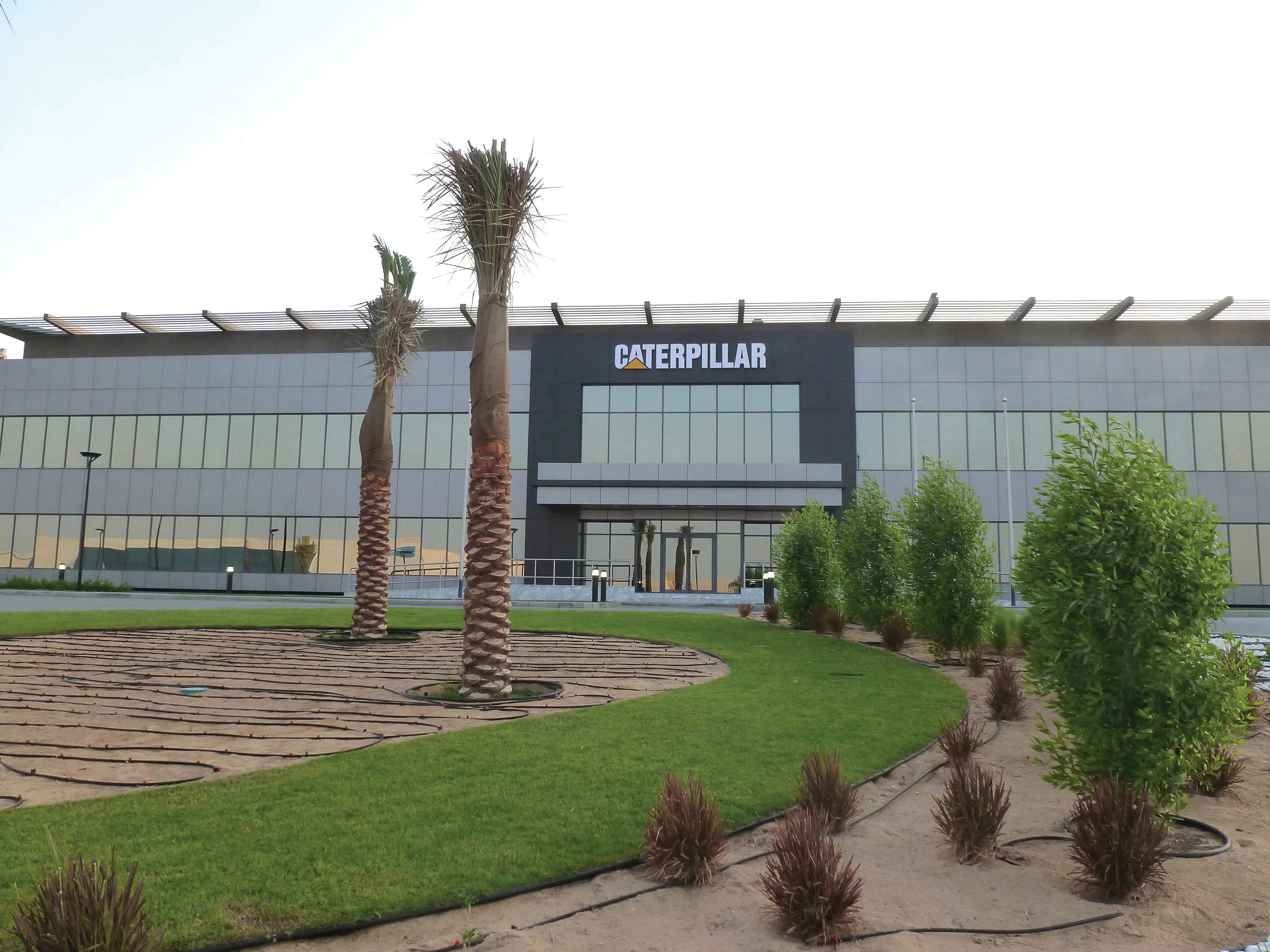Caterpillar chairman and CEO Doug Oberhelman is retiring after more than 41 years with the company. This will become effective from March 31st, 2017. During his time as chairman and CEO, Oberhelman has boosted the company’s focus on serving customers while also driving a culture of quality and safety. Oberhelman led the company to its highest sales and revenue peak in its 91-year history in 2012, and, since that time, has successfully led the company through the unprecedented downturn affecting our key indu
October 17, 2016
Read time: 2 mins

In his stead, the company’s board of directors has elected Jim Umpleby, currently a Caterpillar group president with responsibility for Energy & Transportation, to succeed Oberhelman as CEO. Umpleby has worked for the firm for 35 years and will join the Caterpillar board of directors and become CEO from January 1st, 2017. He joined Solar Turbines Incorporated in San Diego, California, in 1980. Solar is a wholly owned subsidiary of Caterpillar and is one of the world’s leading manufacturers of industrial gas turbine systems. Early in his career, he held numerous positions of increasing responsibility in engineering, manufacturing, sales, marketing and customer services. Umpleby lived in Asia from 1984 to 1990, with assignments in Singapore and Kuala Lumpur, Malaysia. The Caterpillar board of directors elected Umpleby a Caterpillar vice president and President of Solar Turbines in 2010. He was named group president and a member of Caterpillar’s executive office in January 2013.







